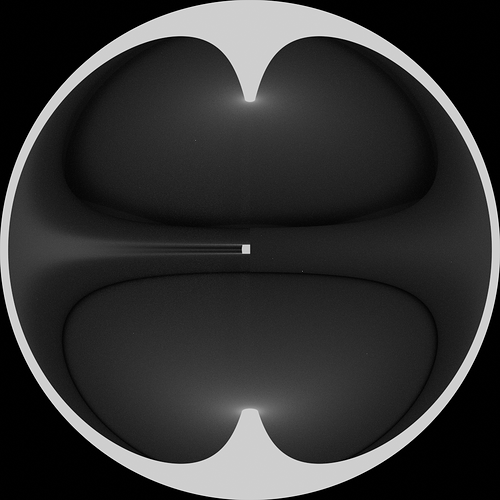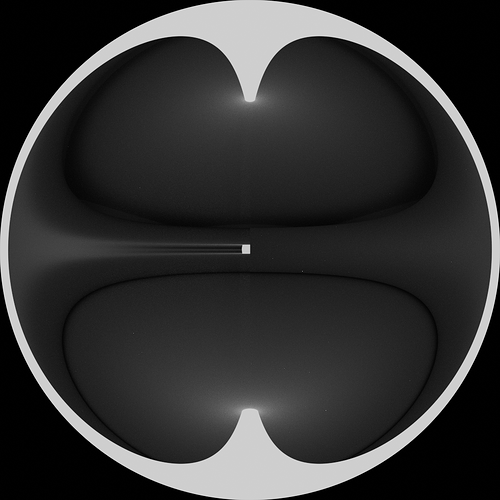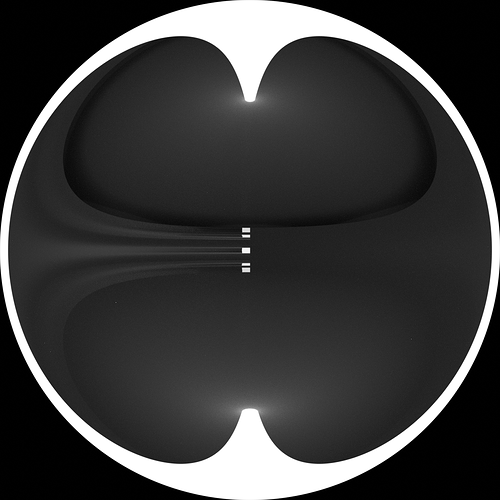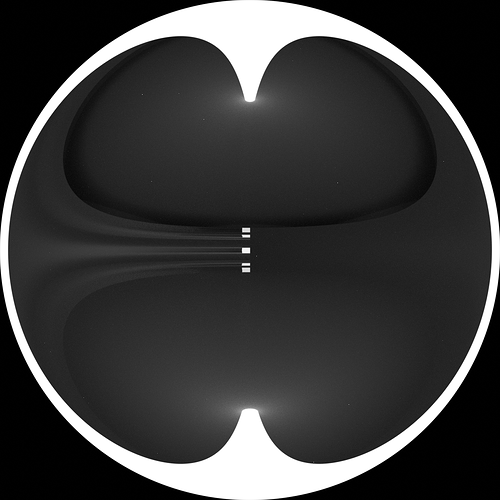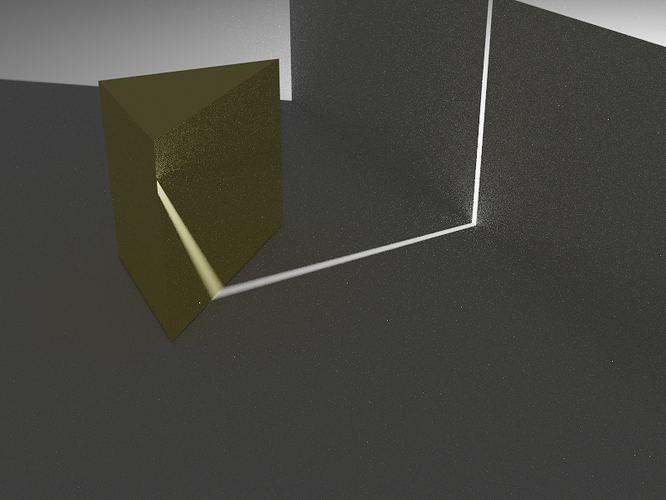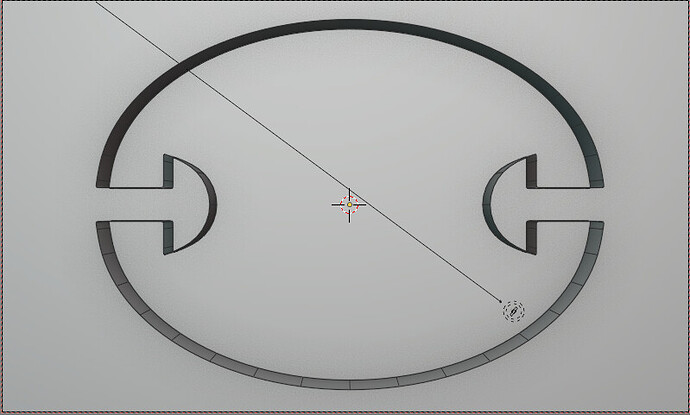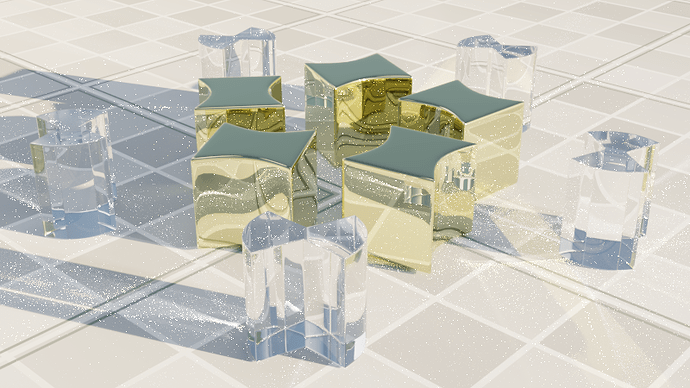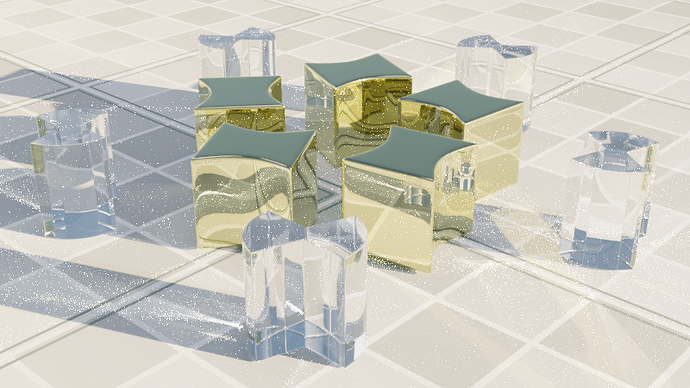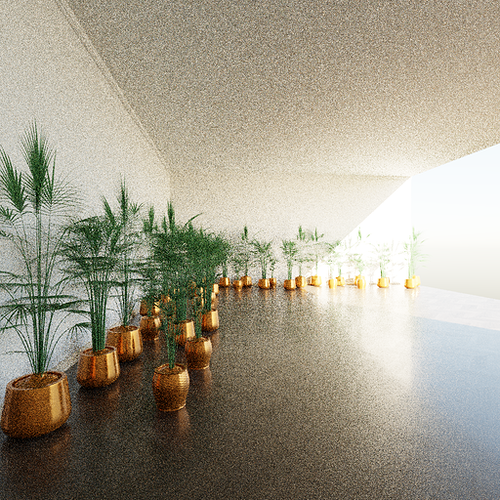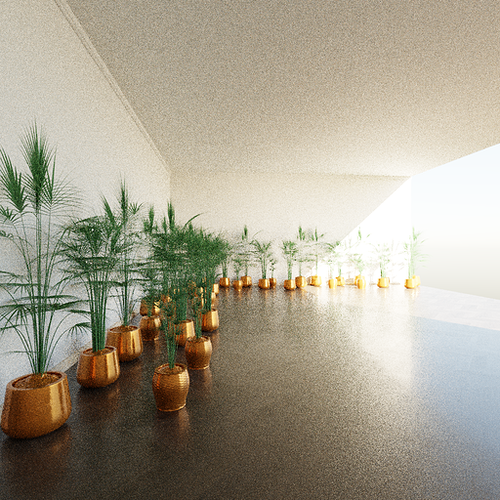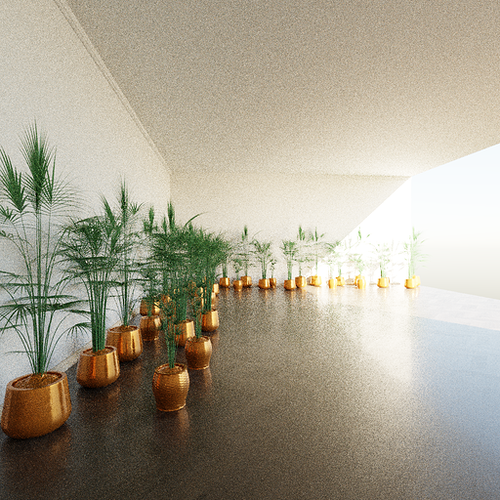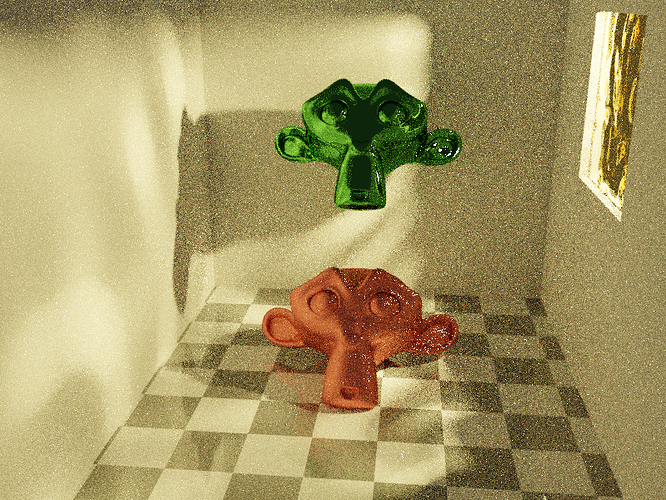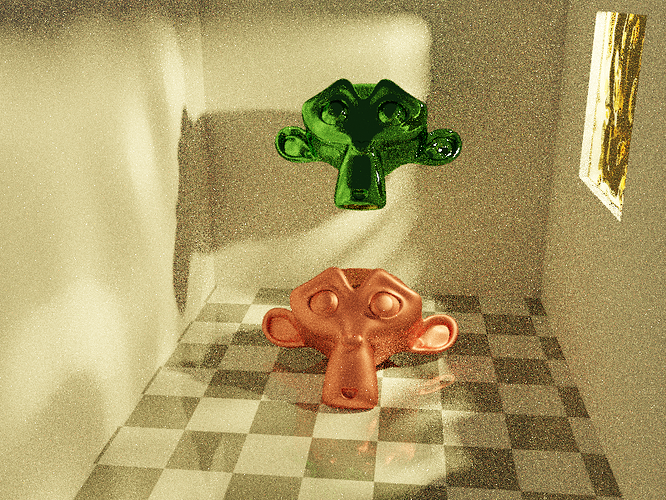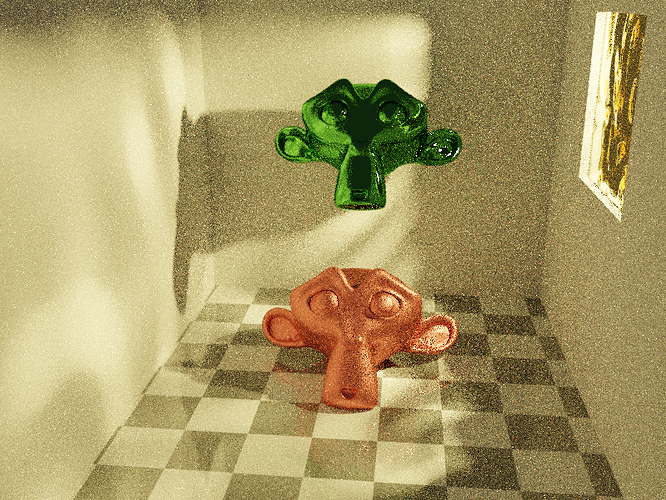Rly looking forward to the glossy
I don’t know what this means, but it sounds ominous…
I am vaguely referencing an old Klingon proverb…
…vaguely, to make it sound more ominious.
I did not know that saying was popularized by the klingons, wild!
I always thought Klingons stole it to Númenóreans…
For clarification:
“Revenge is a dish that is best served cold” is a line from Kahn from Star Trek 2: The Wrath of Kahn.
He says that it is a old Klingon proverb.
I always suspected that it is a real saying that is much older…
Good call. It is much older, though not precisely in that form. https://www.phrases.org.uk/meanings/revenge-is-a-dish-best-served-cold.html
@moony @Metin_Seven @Ace_Dragon @LemonBranny
After some delay, I finally got time to work on support for glossy materials.
The build bot is cooking a version right now.
there is now an additional parameter, “Directional Sampling Type”:
- Diffuse Product (old version for diffuse only)
- Re-sampled Importance Sampling (Version 1 for glossy support)
- Roughness-based (Version 2 for glossy support)
Atm, these new versions are not optimized for speed, so please test equal sample counts for now and give feedback about all three types.
Note: guiding is currently only available for fully-opaque surfaces.
That’s great, thanks Sebastian!
Two questions up front:
- Do the glossy samplers also include diffuse path guiding?
- Which of the glossy methods works best / is the most efficient, Re-sampled Importance Sampling or Roughness-based?
- the two new methods are not glossy only. They are not bound to diffuse only anymore.
- I have my preference, but I would like to get feedback from you all on your thoughts and experiments.
The plan is to remove the other two and then focus on the best-working one.
I am also interested if there are any situations where it gets worse or breaks.
I will post some of my test results tomorrow as well ![]()
Constructed a basic test scene real quick, is the build already up?
Ok, looks like this is perhaps too simple a scene to yield anything really interesting. But as a first test:
All of these are 256 samples. I turned off everything that may stop paths early. Filter Glossy is set to 0.1 and max bounces are set to 1024 across the board.
No Guiding: 5:40.97
Diffuse Product: 9:27.56
RIS: 11:09.08
Roughness-based: 9:51.49
The later two, and especially RIS, are slightly darker, in particular on the very rough side of the torus.
The materials here are a 0.8-grey purely diffuse room enclosing a 0.8-grey purely glossy torus using the Multiscatter GGX shader and going from 0 roughness to 1 roughness based on the angle. from its center, so straight in front is the seam where roughnesses 0 and 1 meet.
In the center of the room there also is a cylindrical mesh emitter (no other shaders on it) emitting at strength 1
And the camera is panoramic, giving a 360° view
EDIT: A second try with a slightly modified scene: The torus is now a half pipe. Once again, not a whole lot to note, except that the RIS and Roughness-based methods are both notably darker on the highly rough glossy material than the diffuse product version, and that they, and especially RIS, introduce much more fireflies.
No Guiding:
Diffuse Product:
RIS:
Roughness-based:
Thats great.
Been looking forward to this. I’ll try to conduct some more tests tomorrow - but this is a quick and dirty test:
Simple glossy prism (roughness 0). No clamping, filter glossy = 0, samples = 50
Original PG (diffuse)
New (re-sampled importance sampling)
Not too different in general, will try another scene here shortly.
4096 samples (no adaptive sampling), 256 training, filter-glossy 0.05. Bounces: diffuse 32, transparent 19, gloss 180, max 180
Setup:
Non-guided base:
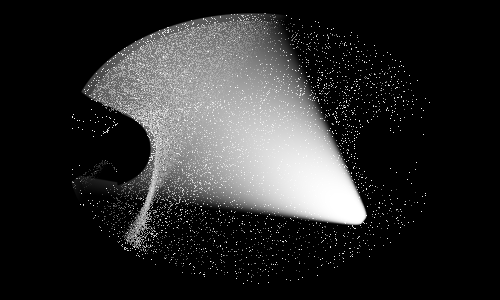
Diffuse guided:

RIS guided:
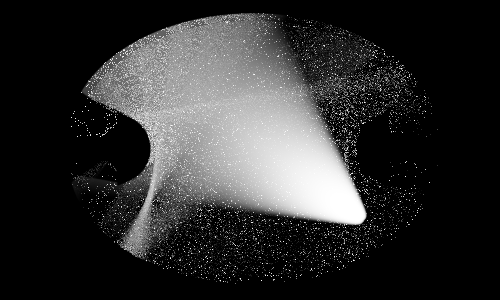
Roughness guided:

Setup - Pure white, 0% rough, Glossy BSDF (GGX) for the outer “ellipse”. 100% diffuse and rough for the floor.
A second scene, again not much of a difference. Are these scenes too artificial or is the guiding “under trained” with my settings? I may be hitting the non-determinism issue making back to back comparisons more difficult as well.
4096 samples (no adaptive sampling), 256 training, filter-glossy 0.10. Bounces: diffuse 10, transparent 19, gloss 100, max 180
Non-guided base:
Diffuse guided:
RIS guided:
Roughness guided:
Interesting test. I should have probably clarified that guiding on glossy materials means that the glossy ness has to have a roughness (>0.05 or even >0.1) to show an effect. On pure glossy materials with a lower roughness value, you are close to a perfect mirror and there is only this narrow, glossy cone light is reflected from, and for that, directional sampling is already optimal.
Here is an example of a material with a rougher glossy component (scene by @moony )
No path guiding:
Path guiding (diffuse product):
Path guiding (RIS):
Path guiding (roughness-based):
It seems to me RIS has the biggest effect out of all of them.
In your scene, RIS causes the lowest noise overall as far as I can tell
In my scene, very rough objects (roughhness >~ 0.8) go darker with RIS than diffuse-only methods though.
Mix of glossy materials of different roughness values and diffuse materials - with a light being cast through a refractive medium.
128 samples (all training samples)
Diffuse Only PG
Resampled Importance
Roughness Based
The new techniques make a dramatic difference on glossy materials with high roughness values (Red monkey which has a roughness of 0.5). Also on the floor which is a mix of diffuse and glossy with a layer weight driving the falloff - which shows much better and clearer reflections.
I’d say the resampled technique is the best.

